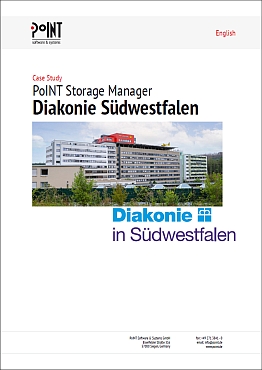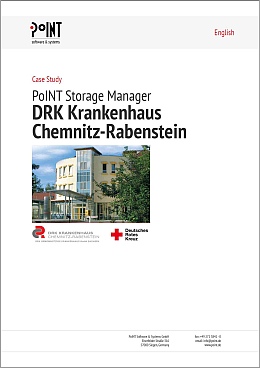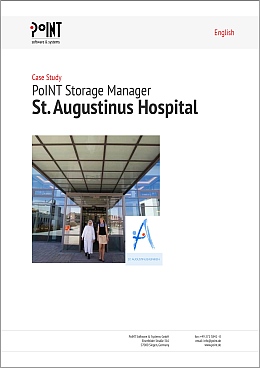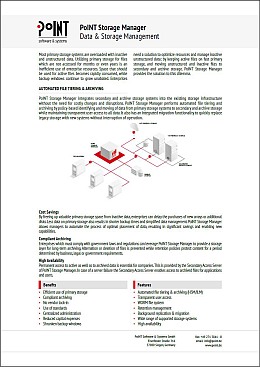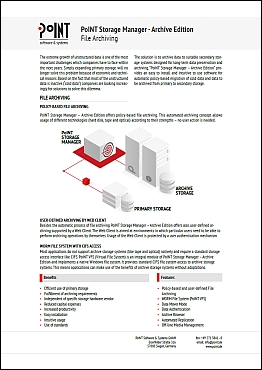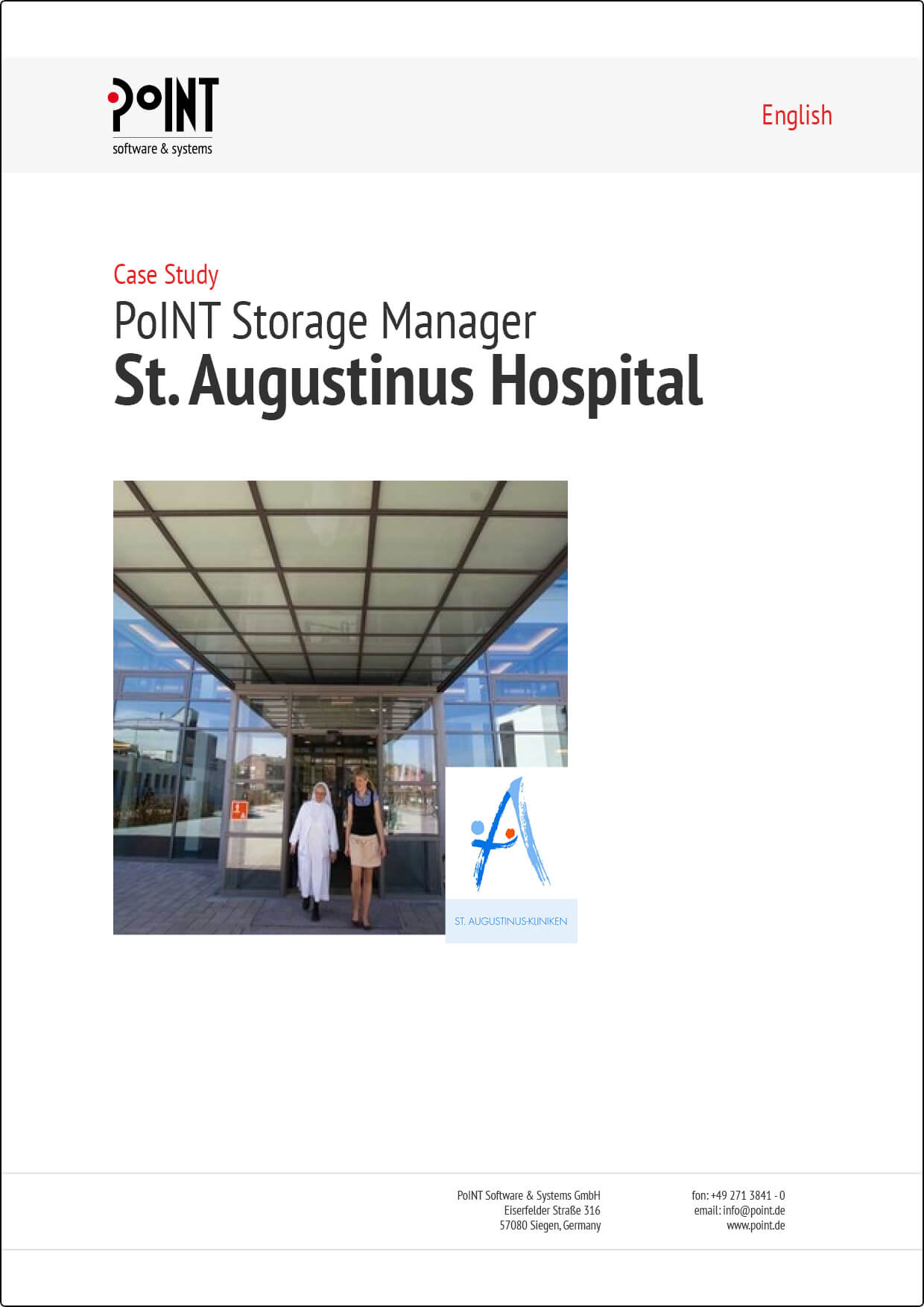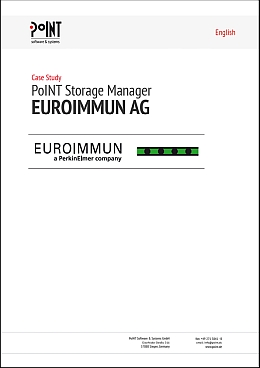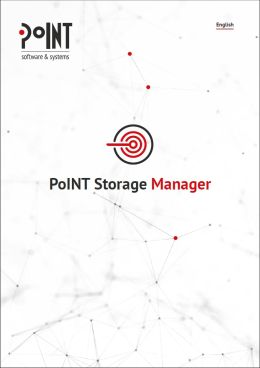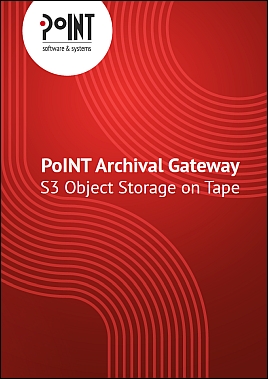Archive and protect sensitive patient data

Electronic archiving of medical documents requires special care. The IT departments of clinics and healthcare facilities face major challenges here.
- Data protection:
Patient data is highly sensitive, personal data. It must be reliably protected against unauthorized access as well as loss. - Compliance with retention periods:
There are legal requirements for electronic documentation. In some cases, PACS data must be archived in a legally compliant manner for a period of 30 years. - Access to the data:
In healthcare in particular, it is especially important that documents can be reliably accessed. Medical professionals must have fast access to documents in order to quickly make diagnoses. For example, even older X-ray images must be available at the touch of a button. - Data growth:
Digitization and technological progress are taking hold in the healthcare sector too. Rising life expectancy is also driving increasing data volumes. - Costs:
Budgets for IT structures and software are usually tight. A solution for archiving PACS data and other medical documents must therefore fit within a tight cost framework.
Legally Compliant Archiving in Hospitals with PoINT Solutions
Our software solutions support hospitals and health care facilities in storing and archiving this sensitive data.
Case Study: Diakonie in Südwestfalen gGmbH
With the introduction of PoINT Storage Manager, Diakonie in Südwestfalen benefits from the advantages of a multi-tier storage architecture. Different data, e.g. from operation robots, radiology, PACS and mammography screening, are archived by PoINT Storage Manager in a policy-based and legally compliant way on the particularly cost-efficient storage medium tape. The solution is scalable and therefore offers a high level of future proofness.
"In addition to expanding from one archive (PACS) to four archives, we were able to decouple applications and archiving. We now have more functions available for archiving. For future extensions we remain flexible into all directions with PoINT Storage Manager."
- Hans-Georg Ommer, Head of Technical IT at Diakonie in Südwestfalen gGmbH
Case Study: DRK Krankenhaus Chemnitz-Rabenstein
The complex requirements of the Hospital "DRK Krankenhaus Chemnitz-Rabenstein" were solved with PoINT Storage Manager: First, older image data from existing primary storage systems were moved to tape and archived there.
In a second step PoINT Storage Manager migrated the data of the primary storage systems to new systems. The data is now stored within a tiered storage architecture. With PoINT Storage Manager users have continuous transparent access to the data throughout the migration and archiving process.
Case Study: St. Augustinus Kliniken
St. Augustinus Hospital near Düsseldorf uses PoINT Storage Manager to move inactive data from high performance storage systems to the secondary storage tier. For additional security, our software replicates the data on tape. If older data is needed for diagnostic purposes, it can be retrieved from the archive storage. They are not stored back on the primary storage.
Thus, St. Augustinus Kliniken were able to optimize the use of their storage systems with the help of PoINT Storage Manager and benefit from cost and time savings.
Detailed information in the case study
PoINT software solutions offer a mature functionality for legally compliant archiving of PACS and important patient data:
- The so-called WORM function protects data against manipulation and unintentional deletion. The "Write Once Read Many" protection prevents changes to the archived data and guarantees their unchanged retention.
- The integrated retention management of PoINT Storage Manager ensures that the defined retention period is adhered to.
"Medical data requires legally compliant archiving. Our software PoINT Storage Manager is designed for long and secure data storage and easily meets the necessary compliance requirements", says Gundolf Gremler, CTO at PoINT.
With the help of our products, hospitals optimize their storage infrastructure – for a better use of existing resources and the integration of cost-efficient storage technologies. Our solutions integrate different storage classes and tiers into an optimized storage infrastructure. Within such a multi-tier storage architecture, the storage system that is best suited for the respective purpose is used at each storage tier.
- For example, current data that needs to be accessed at short notice is stored on high-performance storage systems.
- Older data only needs to be accessed infrequently, but is subject to long retention periods. They can be moved to slower, but more cost-efficient and durable storage systems.
- The policies for transferring and archiving the data can be defined individually. The periods and modalities of archiving, for example, are determined accordingly.
- This storage and data management not only supports institutions in archiving important data in compliance with the law. It also makes a significant contribution to ensuring that hardware resources are used more efficiently.
The end users in the specialist departments - doctors, therapists, laboratory staff - have transparent read access to the archived documents. The familiar workflows remain unchanged.
Data growth and long-term archiving: Tape as a storage medium
The healthcare sector is particularly affected by data growth:
- Digital progress is also taking hold in radiology and other medical imaging methods.
- The DICOM format generates very large data volumes.
- Increasing life expectancy is also driving an increase in data.
The storage medium tape is recommended for long-term storage of these large data volumes:
- It offers a particularly favorable price per TB for data storage.
- Tape media are characterized by a very long lifespan. The lifespan of up to 30 years covers a large part of the common retention periods, so that during the archiving period no migrations to new storage media are necessary.
- As an offline medium, tape offers special data security with regard to cyber attacks and ransomware.
- Due to the high energy efficiency of data storage on tape, it supports users in the implementation of Green IT concepts.
Our software solutions seamlessly integrate tape into the storage infrastructure and manage the long-term, legally compliant archiving of sensitive data.

